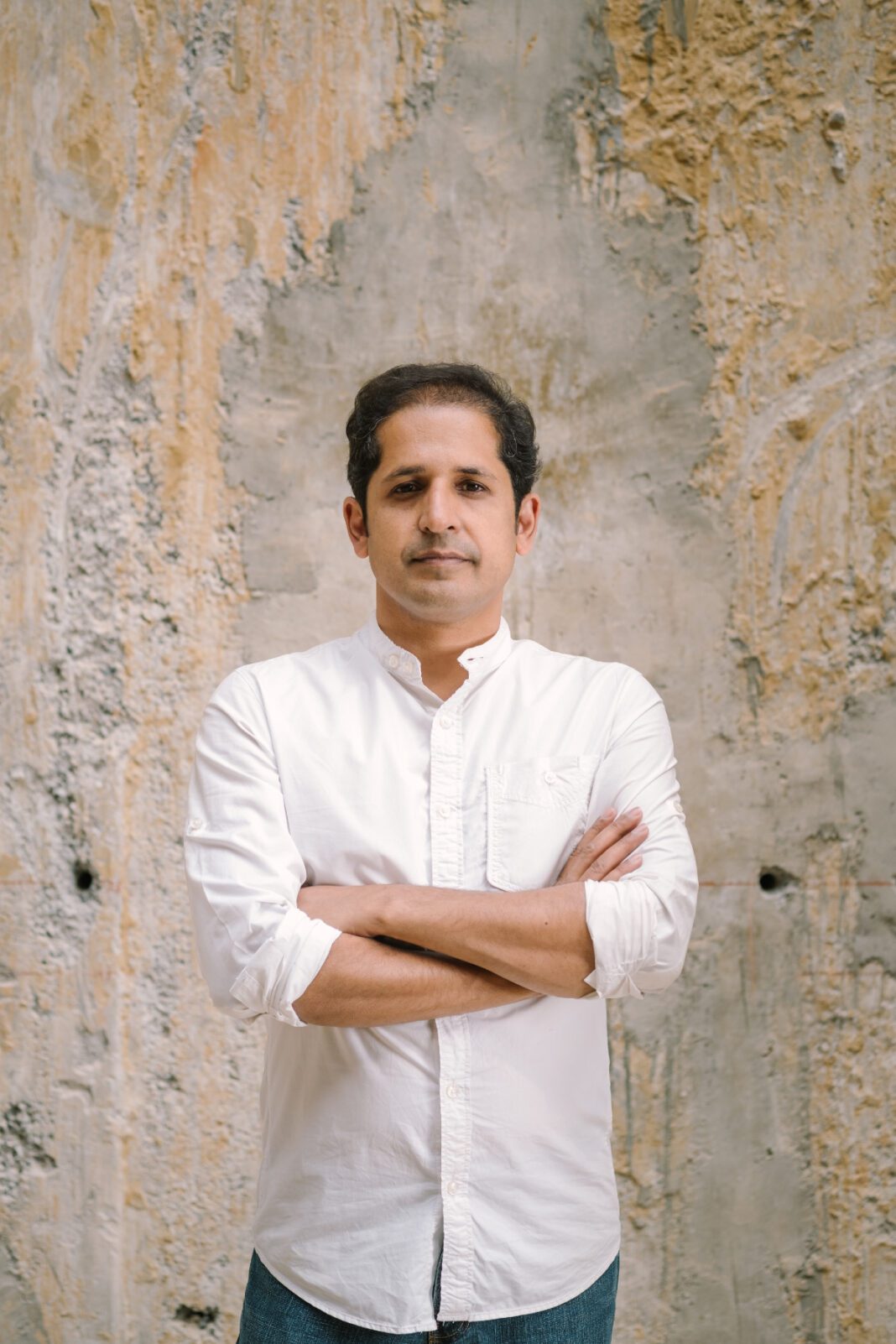What attracts you to using steel as a primary building material in your architectural projects?
Steel appeals to me due to its versatility, strength, and sustainability. For industrial projects, like factory buildings, steel provides unmatched structural efficiency while reducing construction time. Its high strength-to-weight ratio allows for longer spans and open spaces without the need for excessive columns, which is essential in factory settings. Additionally, steel is recyclable, making it a more sustainable option when considering lifecycle costs and environmental impact. It also allows for modular construction, which can lead to significant savings in time and labour. The flexibility of steel opens up creative possibilities in design, allowing for both functional and aesthetic innovations.
Can you share any specific examples of how you have used steel in your designs or projects?
One notable example is a factory building we recently completed, where steel was used extensively for both the structural frame and the facade. The design incorporated large open spaces to accommodate machinery and production lines, and steel allowed us to create these expansive areas without compromising structural integrity. We also used steel louvers and perforated metal panels on the exterior, enhancing both the thermal performance and the aesthetic of the building. In other projects, like office buildings or mixed-use developments, I have also employed steel in atriums and roof structures, leveraging its ability to create dramatic and expansive forms while keeping the design light and flexible.
Are there any architects or architectural projects that have inspired your interest in steel design? Please share your thoughts.
I find inspiration in the works of architects like Norman Foster and Jean Nouvel, who have masterfully used steel to create structures that are both functional and artistic. Foster’s work on the Hearst Tower in New York, for example, demonstrates how steel can be used sustainably while also pushing the boundaries of form. And Nouvel’s use of steel in projects like the Institute of the Arab World in Paris exemplifies how steel can enhance the cultural and aesthetic dimensions of a building. Closer to home, Shirish Beri’s use of modern materials while still maintaining a regional context has also influenced my practice, encouraging me to explore how steel can blend into the Indian architectural narrative.
In what ways does designing with steel impact construction timelines and costs compared to other materials?
Steel significantly accelerates construction timelines due to its prefabrication potential. Components can be manufactured off-site and then quickly assembled on-site, reducing labour and cutting down on project duration. This is particularly beneficial in industrial projects, where minimising downtime is crucial. While the initial cost of steel might be higher than materials like concrete, its durability, low maintenance requirements, and the speed of construction often balance out these expenses over the long term. Additionally, in areas where labour costs are high or construction timelines are tight, the efficiency of steel can offer substantial cost savings.
How do you stay updated on the latest developments and trends in steel-based architecture and design?
I regularly attend industry conferences, workshops, and webinars, both locally and internationally. Organisations offer valuable resources on the latest advancements in steel construction. I also keep up with academic journals and publications that focus on sustainable construction practices and new materials. Collaboration with structural engineers and material experts keeps me informed on technical innovations, such as advancements in high-strength steel alloys or new fabrication techniques. Furthermore, engaging with industry leaders and suppliers helps me stay on top of emerging trends and technologies.
What challenges have you encountered when working with steel in your architectural projects, and how did you address them?
One of the main challenges with steel, especially in the Indian context, is corrosion due to high humidity and extreme weather conditions in certain regions. To address this, we often use weathering steel or apply protective coatings to enhance durability. Fire resistance can also be a concern, as steel tends to lose its structural integrity at high temperatures. We mitigate this by using intumescent coatings or fireproof cladding materials. Another challenge is the initial cost of steel, which can be higher than traditional materials. However, by educating clients about the long-term benefits of steel—such as lower maintenance costs and faster construction timelines—we have been able to make a compelling case for its use.
What is your opinion on the future of steel in architecture, considering emerging technologies and sustainability trends?
The future of steel in architecture looks promising, especially as sustainability becomes a growing priority. The development of new steel alloys, like high-strength, low-alloy (HSLA) steel, and the integration of advanced fabrication techniques such as 3D printing are pushing the boundaries of what can be achieved. Furthermore, steel’s recyclability aligns with the global movement toward reducing the carbon footprint of construction materials. As green certifications and regulations become more stringent, I foresee steel playing a pivotal role in achieving sustainability goals, particularly when combined with renewable energy systems and modular construction techniques.
Are there any specific projects or areas within the steel construction industry that you hope to explore in the future?
I am particularly interested in exploring more hybrid structures that combine steel with other sustainable materials, such as timber and recycled composites. These combinations can offer a balance of strength, sustainability, and aesthetic appeal. I also hope to delve deeper into modular construction using steel, especially for affordable housing and urban infrastructure projects in India. Steel’s ability to be prefabricated makes it ideal for addressing the rapid urbanisation we are experiencing. Lastly, I am keen to explore adaptive reuse projects where existing steel structures are retrofitted for new purposes, extending their lifecycle and reducing the need for new construction.





